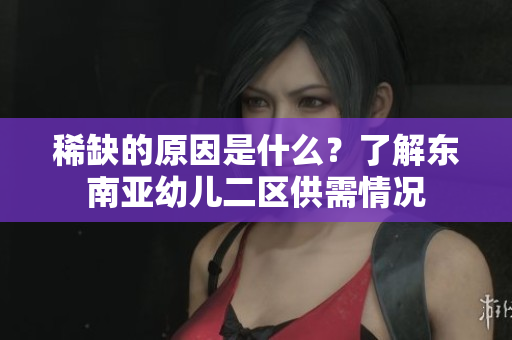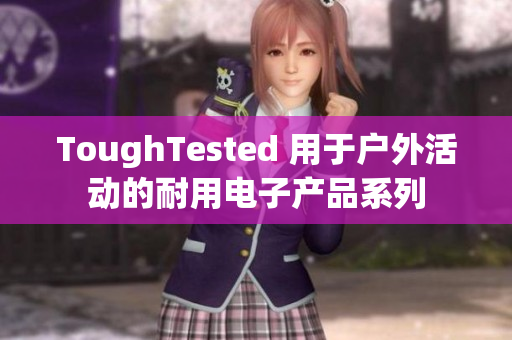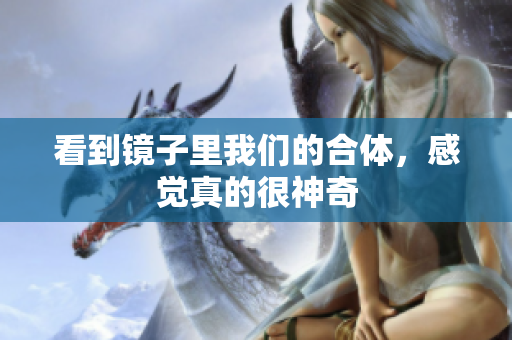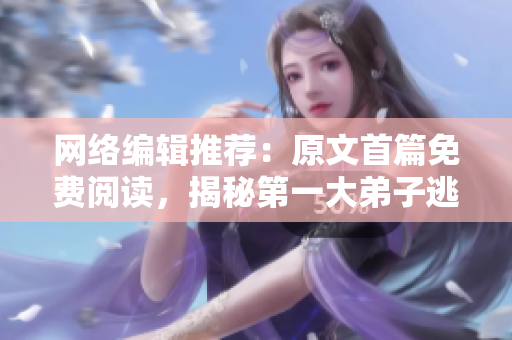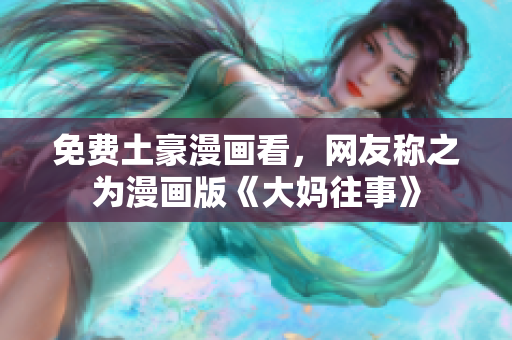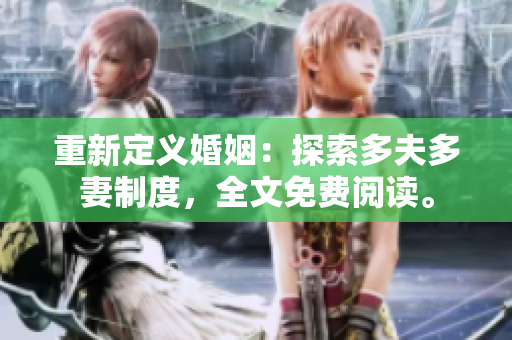Introduction
Art is an expression of human creativity and has been an integral part of human civilization for centuries. Western civilization is particularly renowned for its contributions to the world of arts and humanities. From ancient Greek sculptures to Renaissance paintings and contemporary literature, the Western world has given us numerous timeless masterpieces that continue to inspire and captivate us. However, with the advent of the latest technological advancements, such as 5G networks, the world is rapidly changing, and so are the ways of creating and experiencing art. In this article, we will explore the intersection of Western arts and humanities with the latest technological trends, especially 5G networks, and examine the impact of these developments on the world of art.
Discussion
5G networks are the latest addition to the world of technology and have been rapidly transforming various industries. One of the areas that are set to benefit significantly from 5G technology is the arts and humanities. With faster and more reliable internet speeds, remote collaborations between artists and creatives are becoming easier than ever. For instance, a music producer in New York can collaborate with an artist in Paris, and a literary writer in London can work with an editor in Sydney seamlessly. Furthermore, 5G technology allows for more immersive experiences in the arts, such as virtual reality exhibitions, live streaming concerts, and augmented reality performances.
However, the integration of 5G technology in the arts has also raised concerns about authenticity. With the increasing use of digital technologies, some argue that the essence and originality of art are being undermined. For instance, some critics argue that the use of artificial intelligence in music production or the reliance on digital tools in painting and drawing takes away from the uniqueness and spontaneity of the creative process. Therefore, there is a need for a balance between the use of technology and the preservation of artistic values.
The Importance of Arts and Humanities
Western civilization has a long history of contributions to the world of arts and humanities. The works of renowned artists such as Michelangelo, Rembrandt, Shakespeare, and Goethe continue to attract audiences from across the globe and inspire contemporary artists. The relevance of arts and humanities goes beyond entertainment and aesthetics. They contribute to the enrichment of human culture, foster creativity, and help us understand ourselves and our world better. The integration of technology, such as 5G networks, can enhance the accessibility and reach of the arts but should be done without sacrificing their intrinsic value.
Reflection on Classroom Practices
As classrooms evolve and adapt to the latest technological trends, it is essential to remember the importance of human connection and interaction. The classroom should be a place that fosters creativity, critical thinking, and meaningful discussions. The use of technology, such as 5G networks, should be done to supplement the learning experience and not replace it. Therefore, it is essential to strike a balance between the use of digital tools and the promotion of human interaction and engagement in the classroom.
The Game Industry's Business Model
The game industry has evolved and grown into a multi-billion dollar industry that continues to attract millions of players worldwide. One of the most debated topics in the game industry is the use of in-game purchases or microtransactions. Some argue that it allows players to enjoy the game without having to spend a lot of money upfront, while others argue that it exploits players by encouraging them to spend more money to advance in the game. Therefore, it is essential for game developers to be transparent about their business models and ensure that players are not exploited.
The Challenge of Limited Resources in Southeast Asian Education
Education is a fundamental right that every child deserves, regardless of where they live. However, in Southeast Asia, the education system faces various challenges, including limited resources and inadequate infrastructure. These challenges are particularly pronounced in the early childhood education sector, where access to quality education is crucial for children's development. Therefore, there is a need for increased investment in early childhood education in Southeast Asia to ensure that every child has access to a quality education.
Conclusion
The integration of 5G networks and other technological advancements has the potential to transform the world of arts and humanities in numerous ways. However, it is important to ensure that these developments do not come at the expense of human connection and authenticity in the creative process. Furthermore, as classrooms continue to evolve, there is a need to prioritize human interaction and engagement while using technology to supplement the learning experience. Finally, investments in education, particularly early childhood education, are essential to ensure that every child has access to quality education, regardless of their geographic location.


